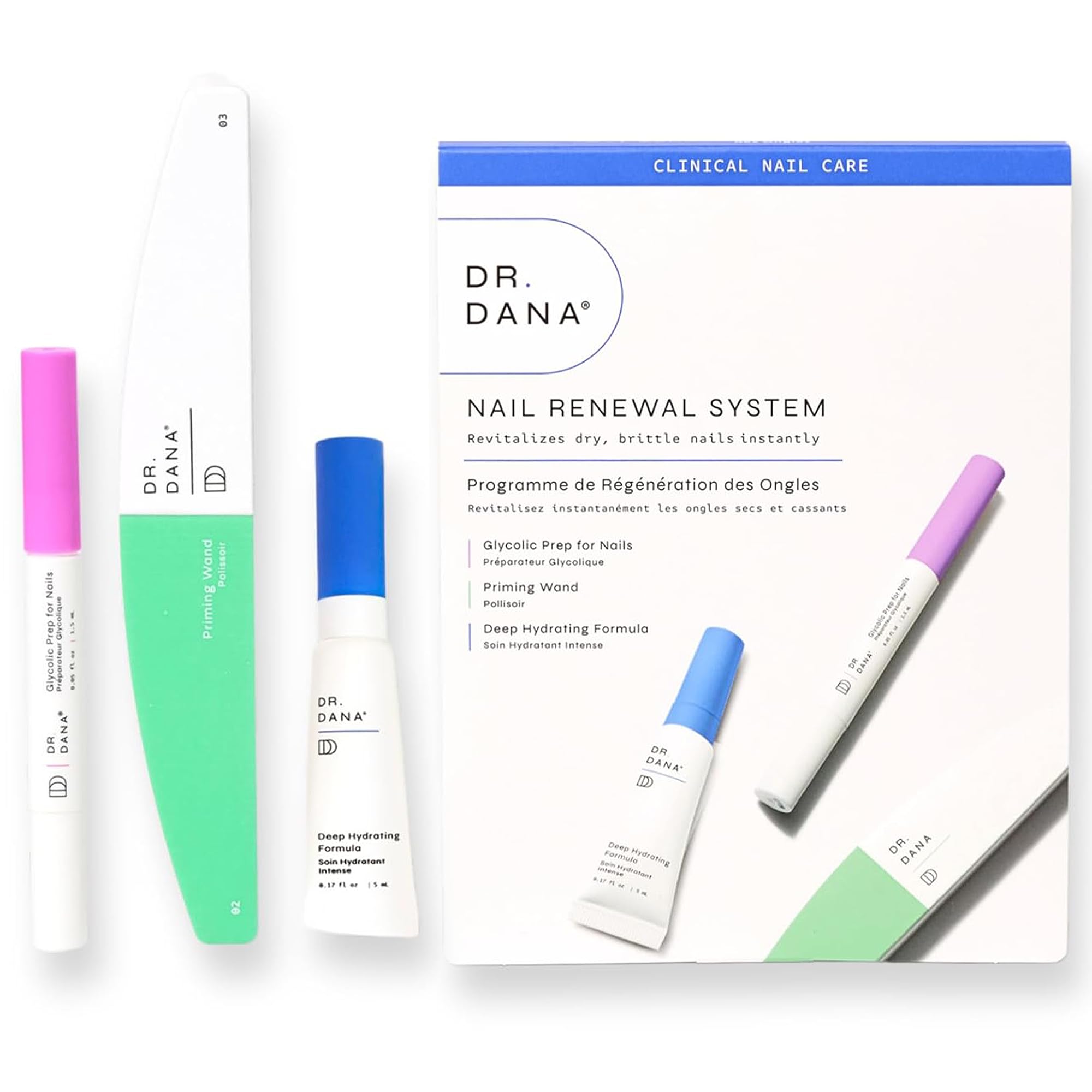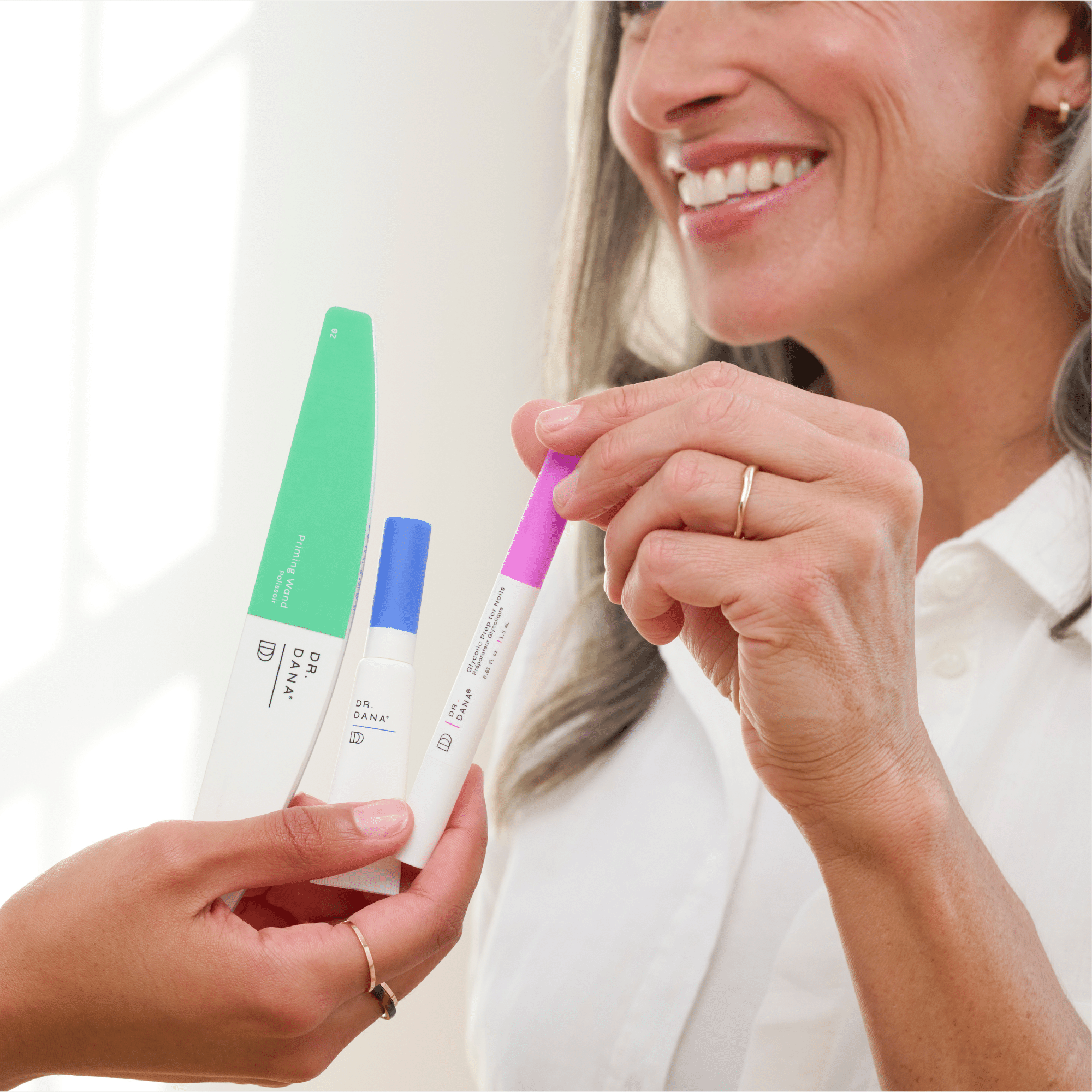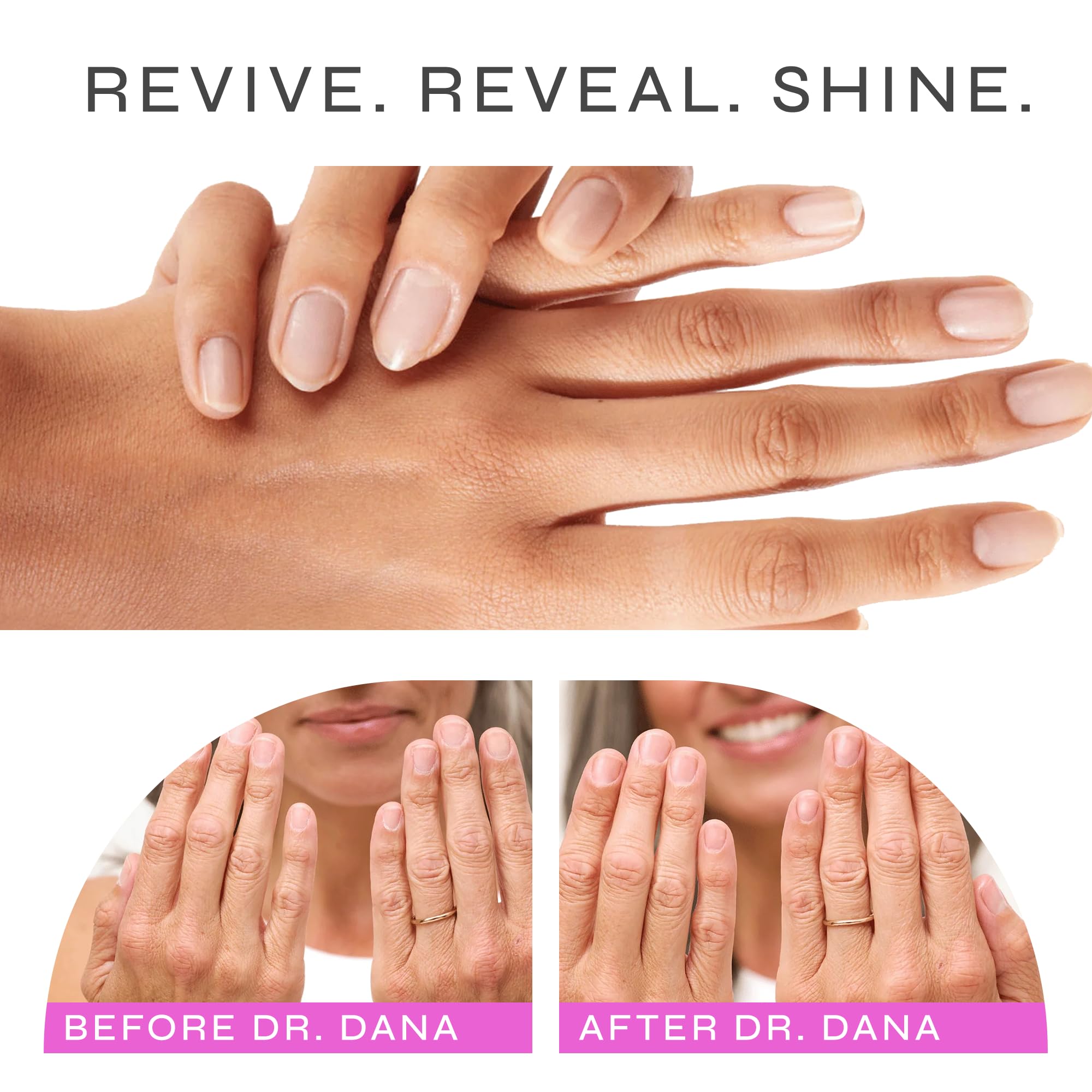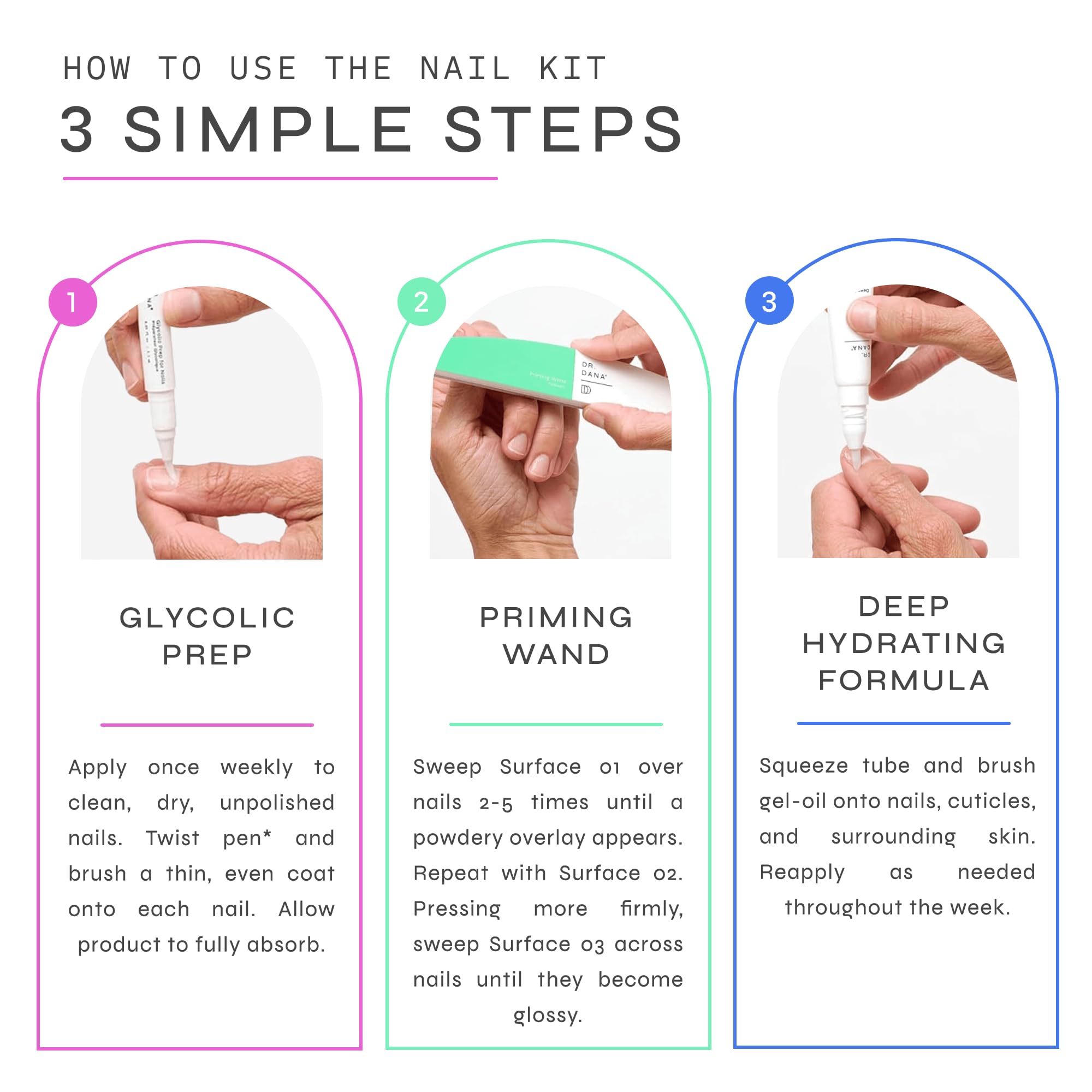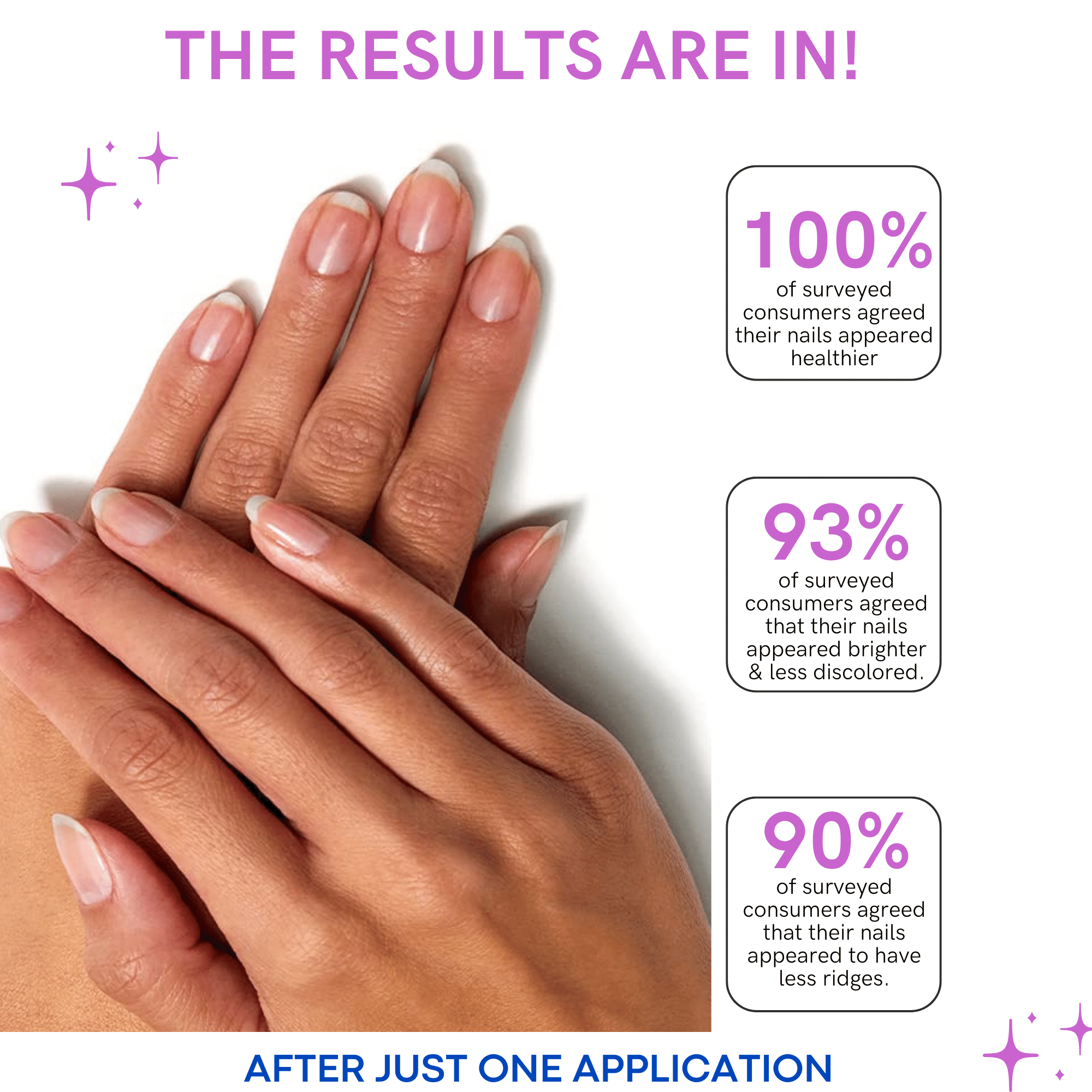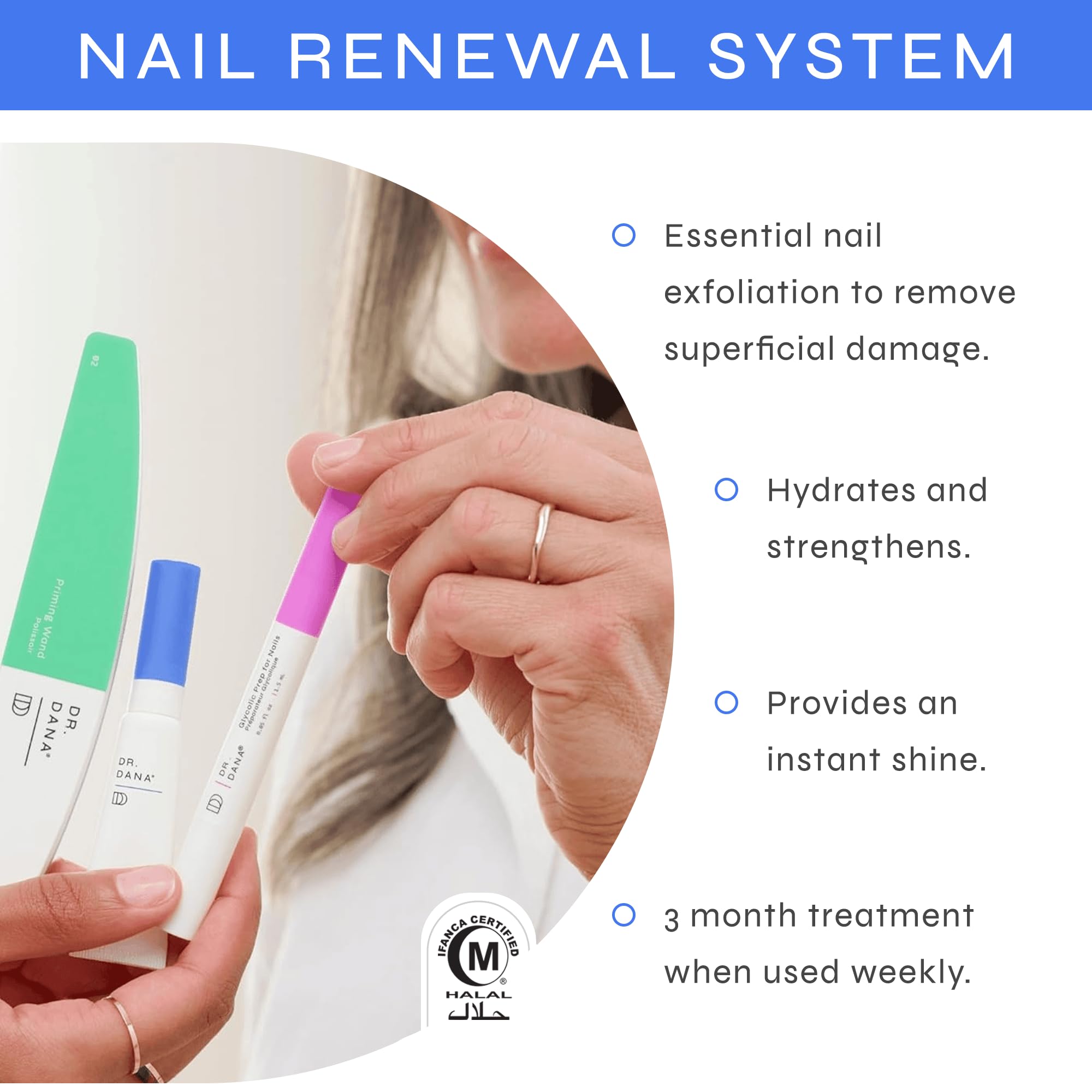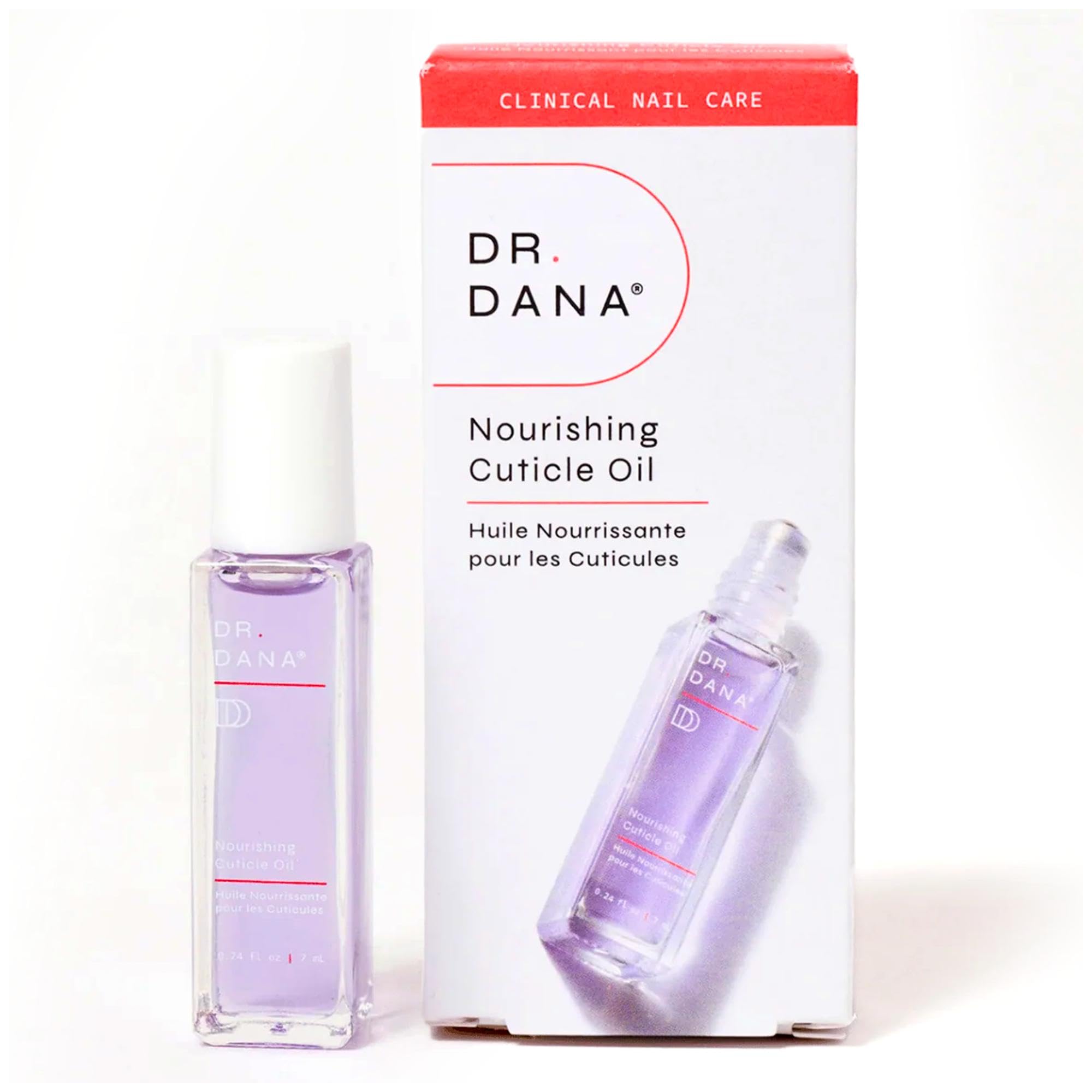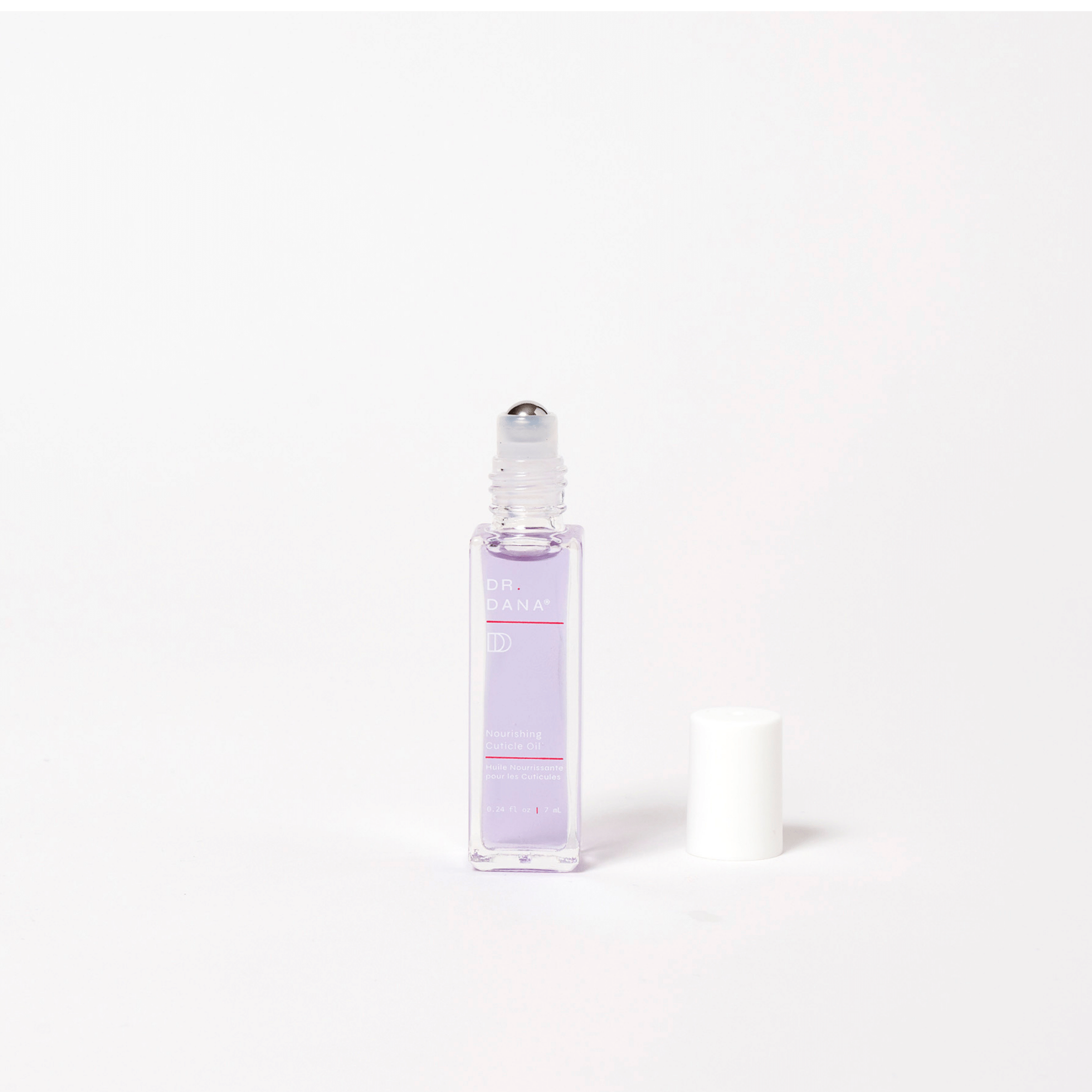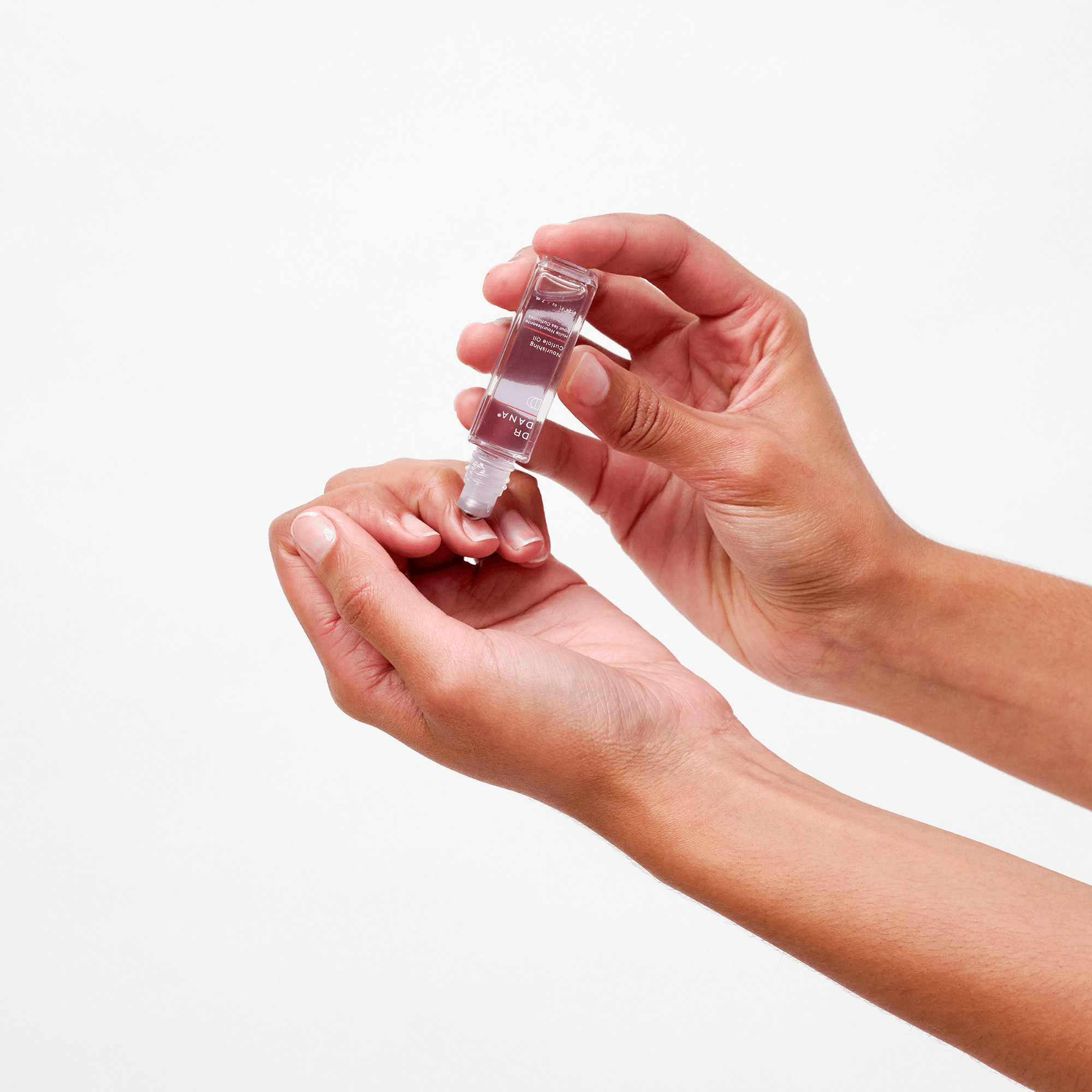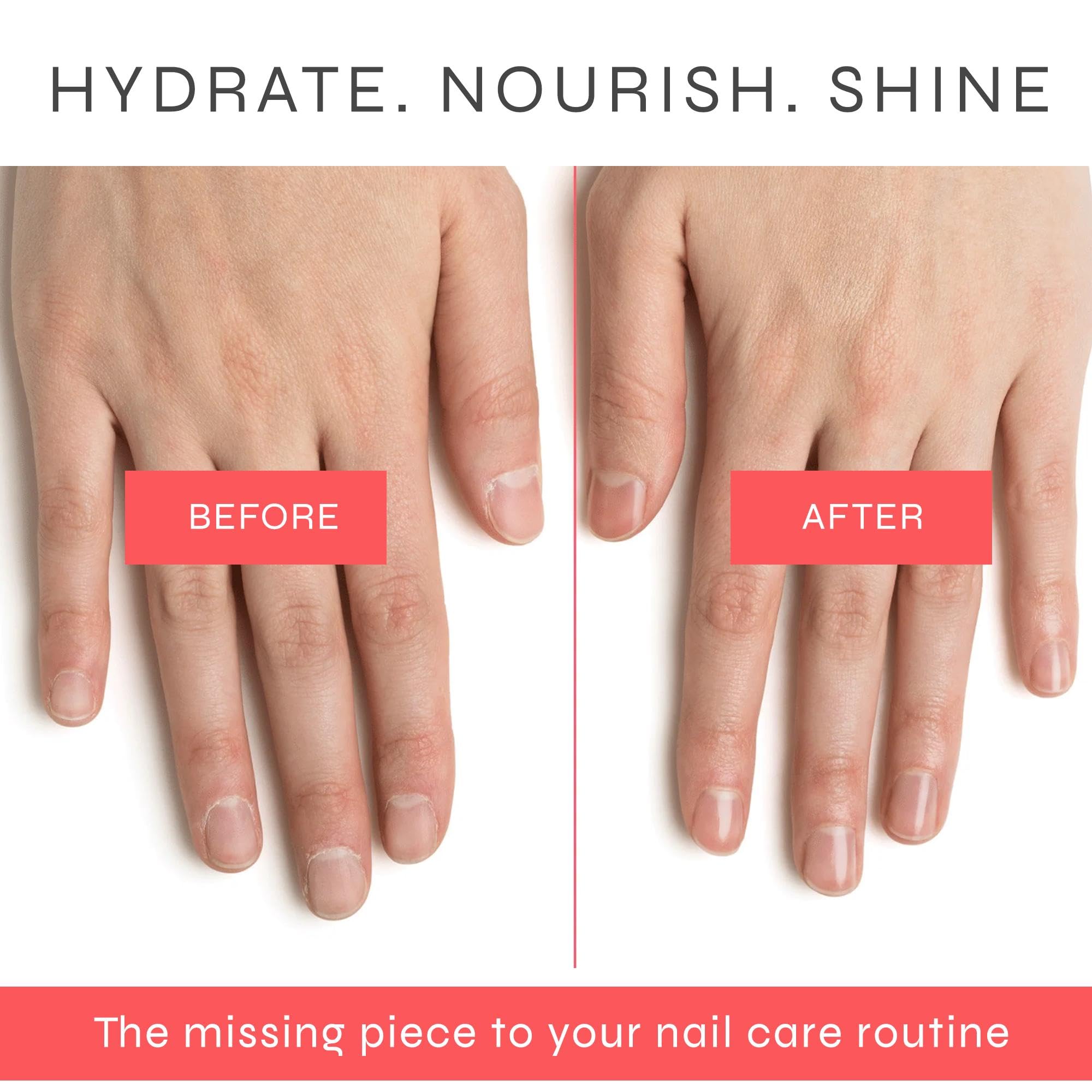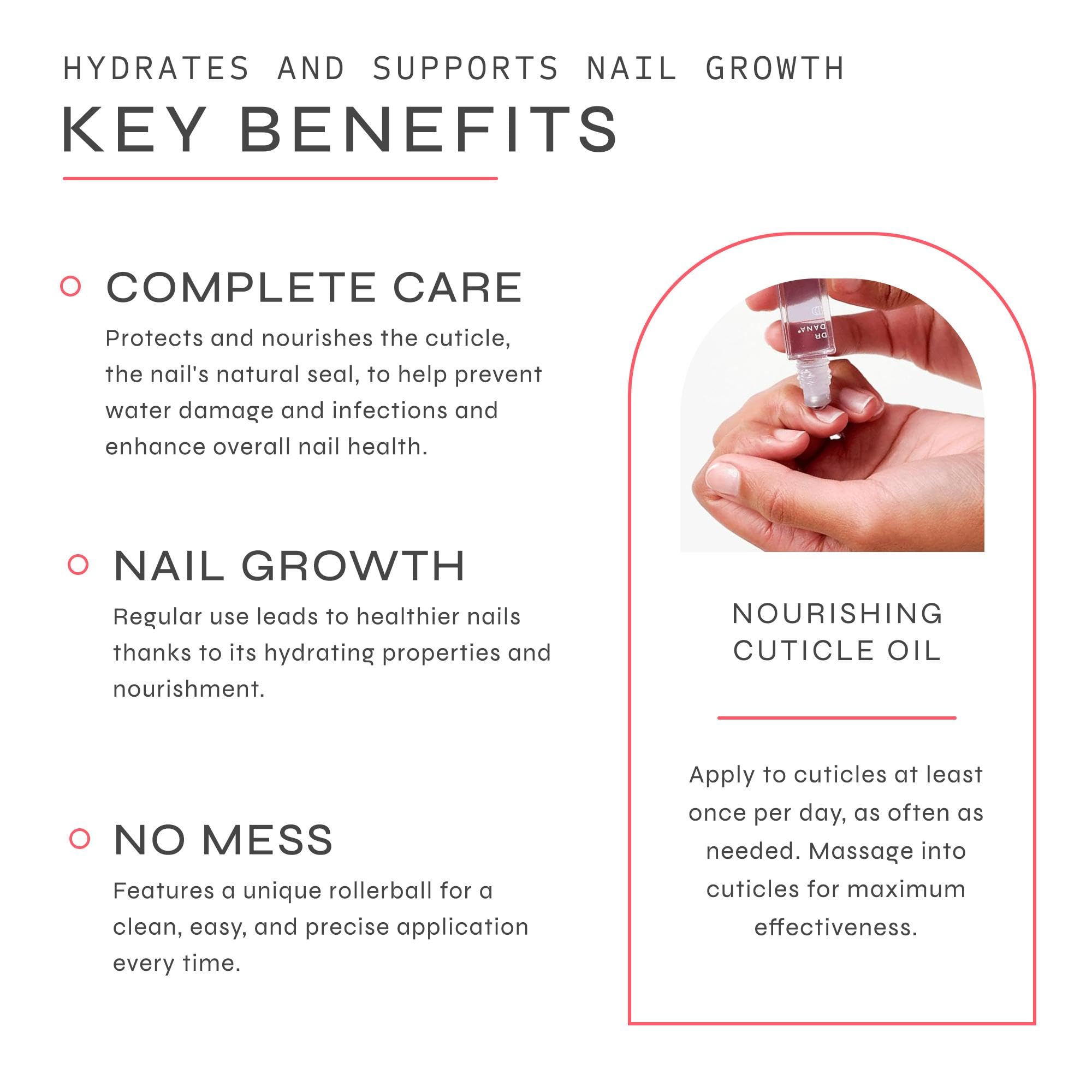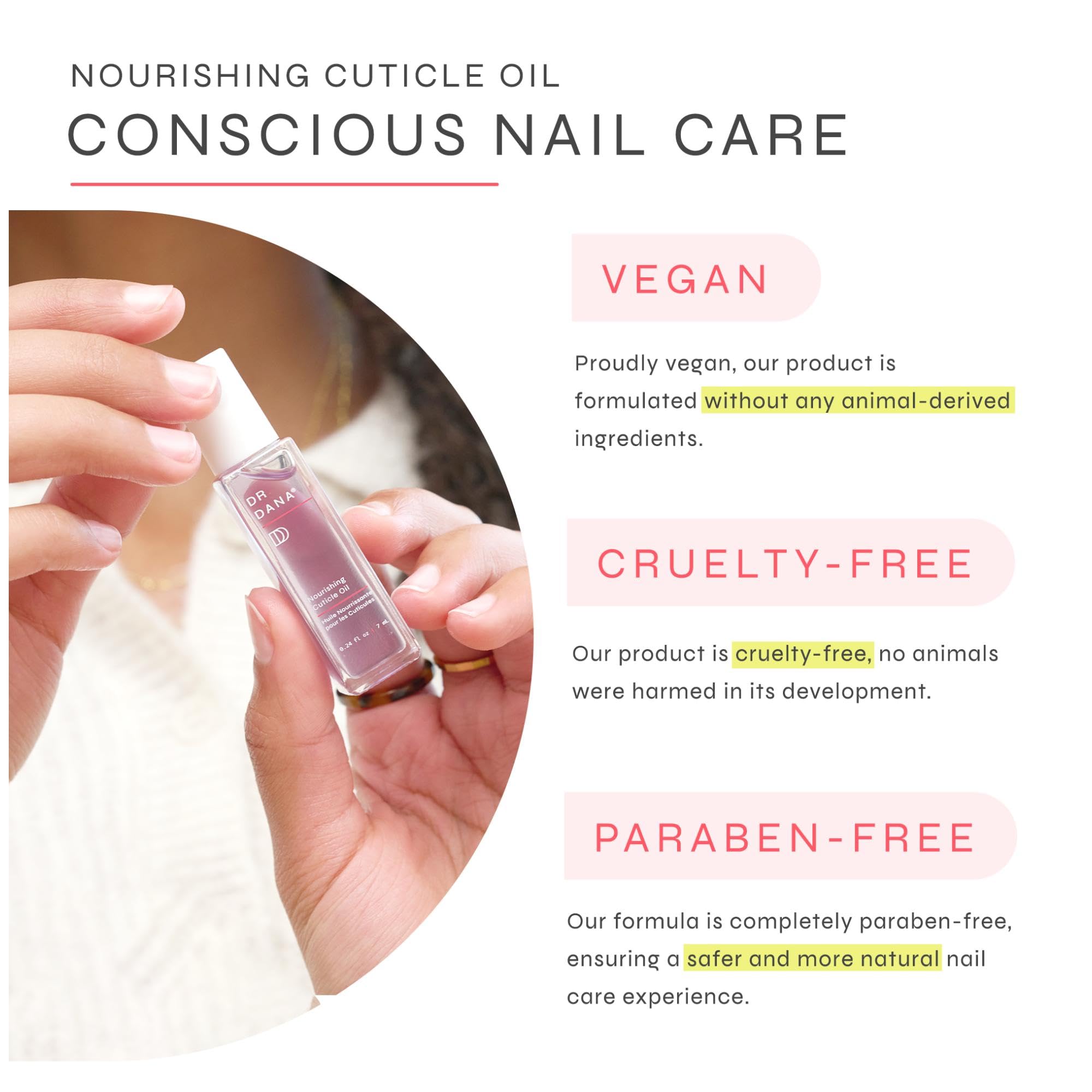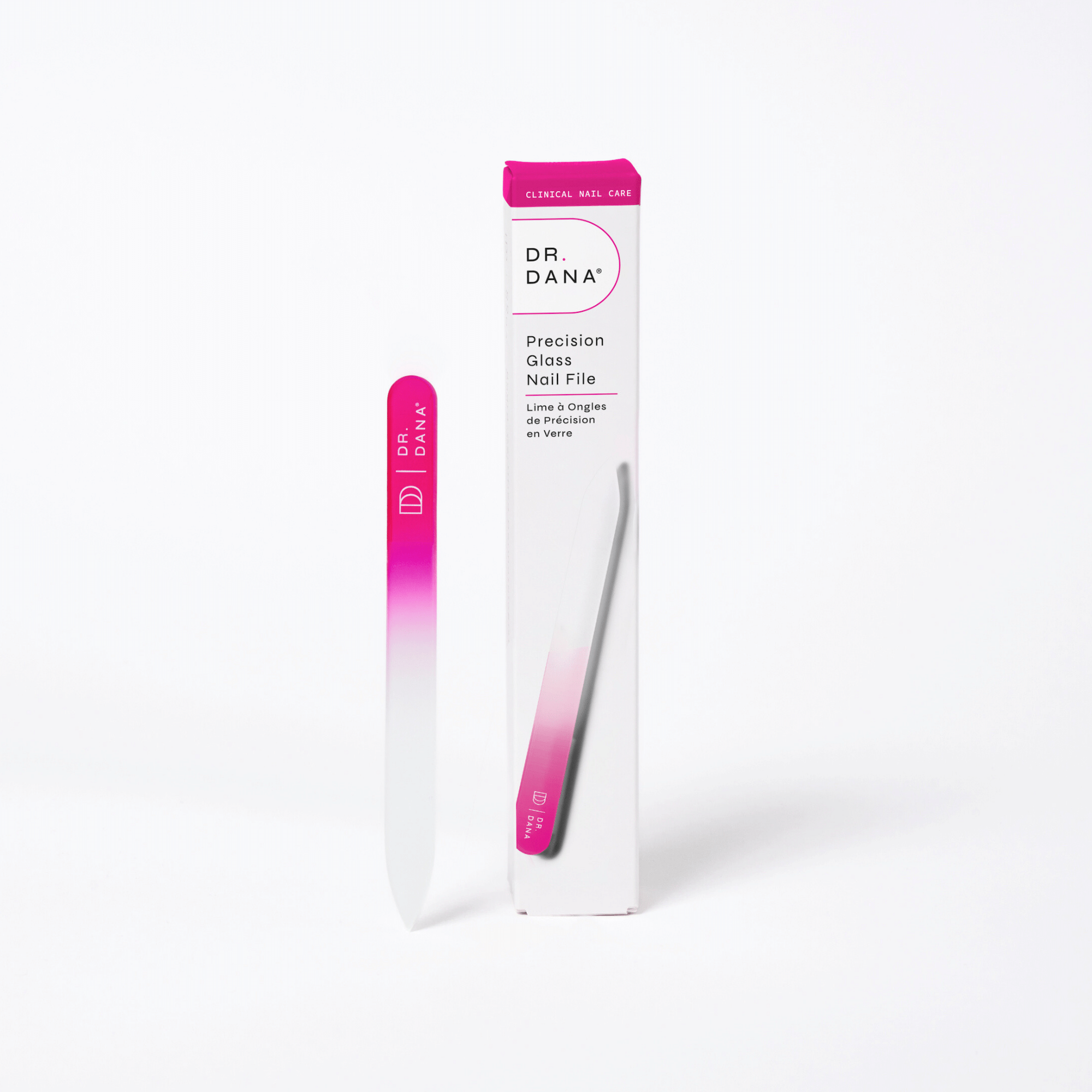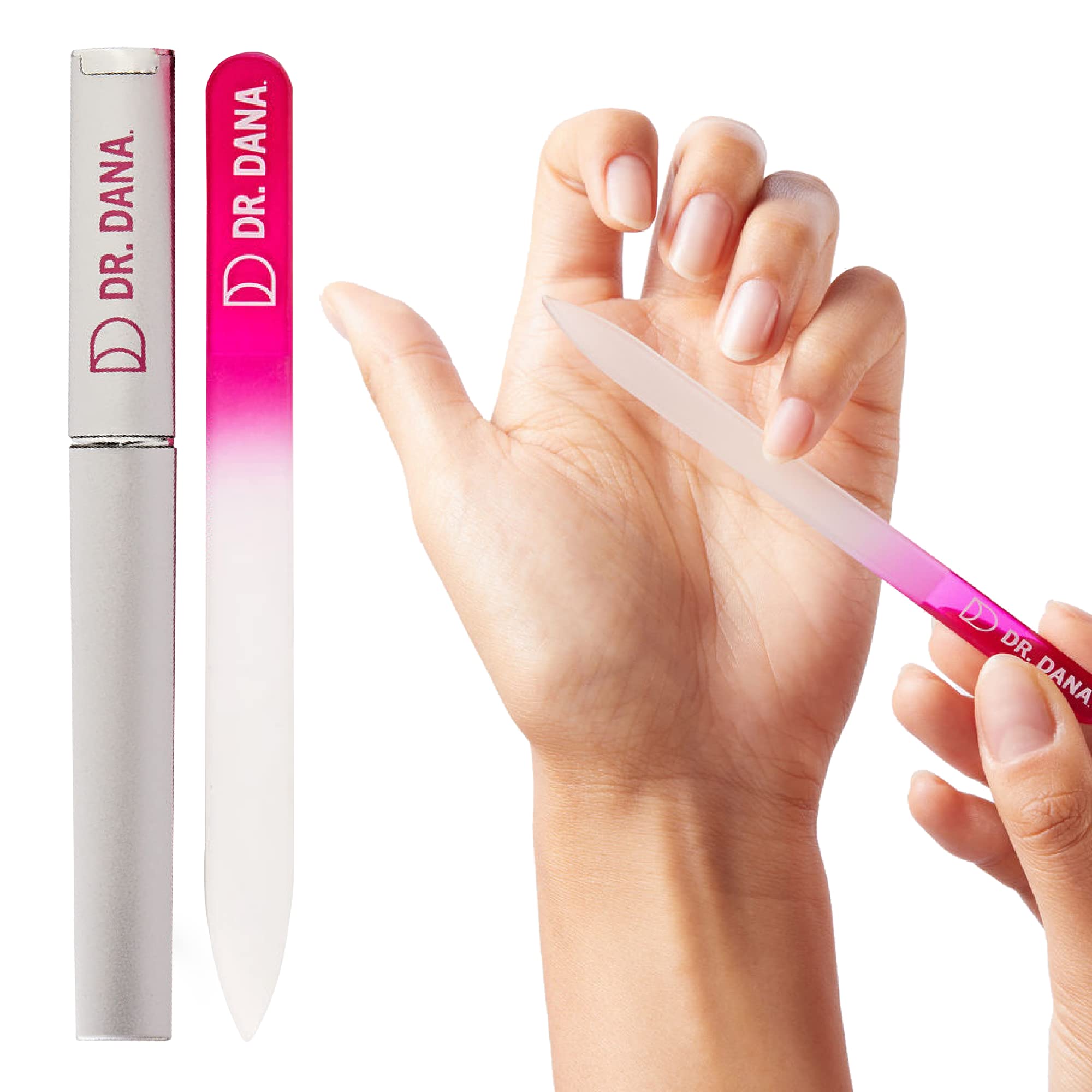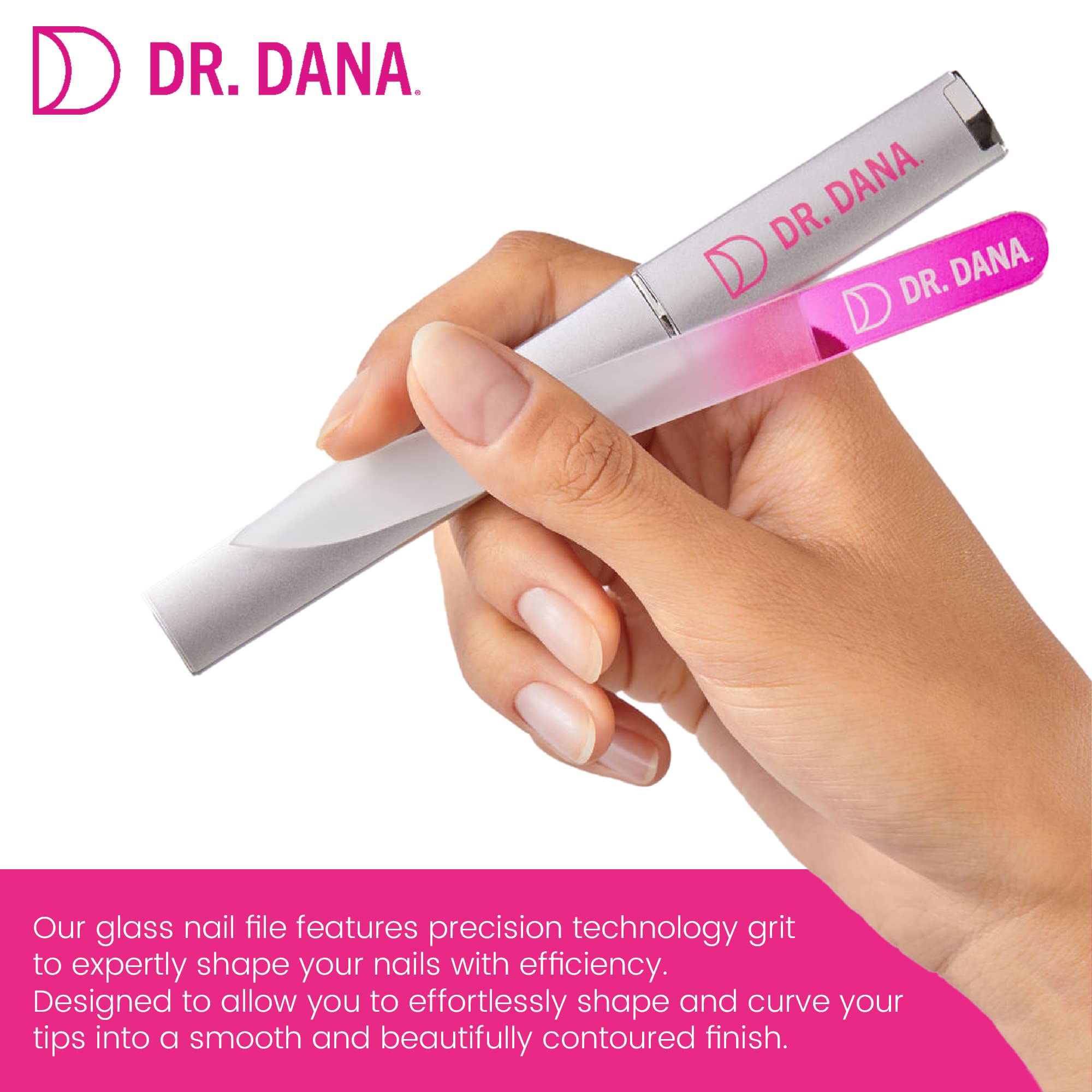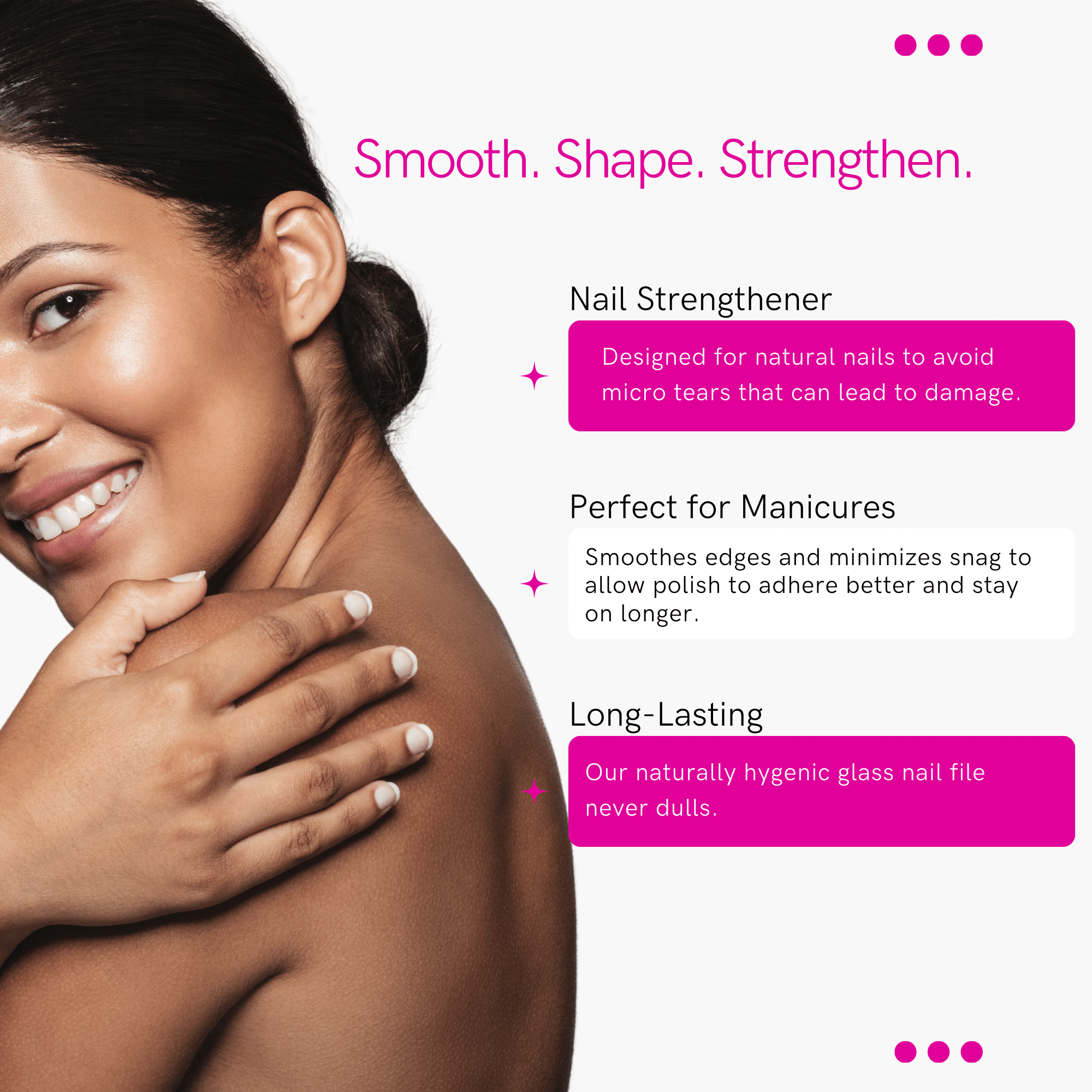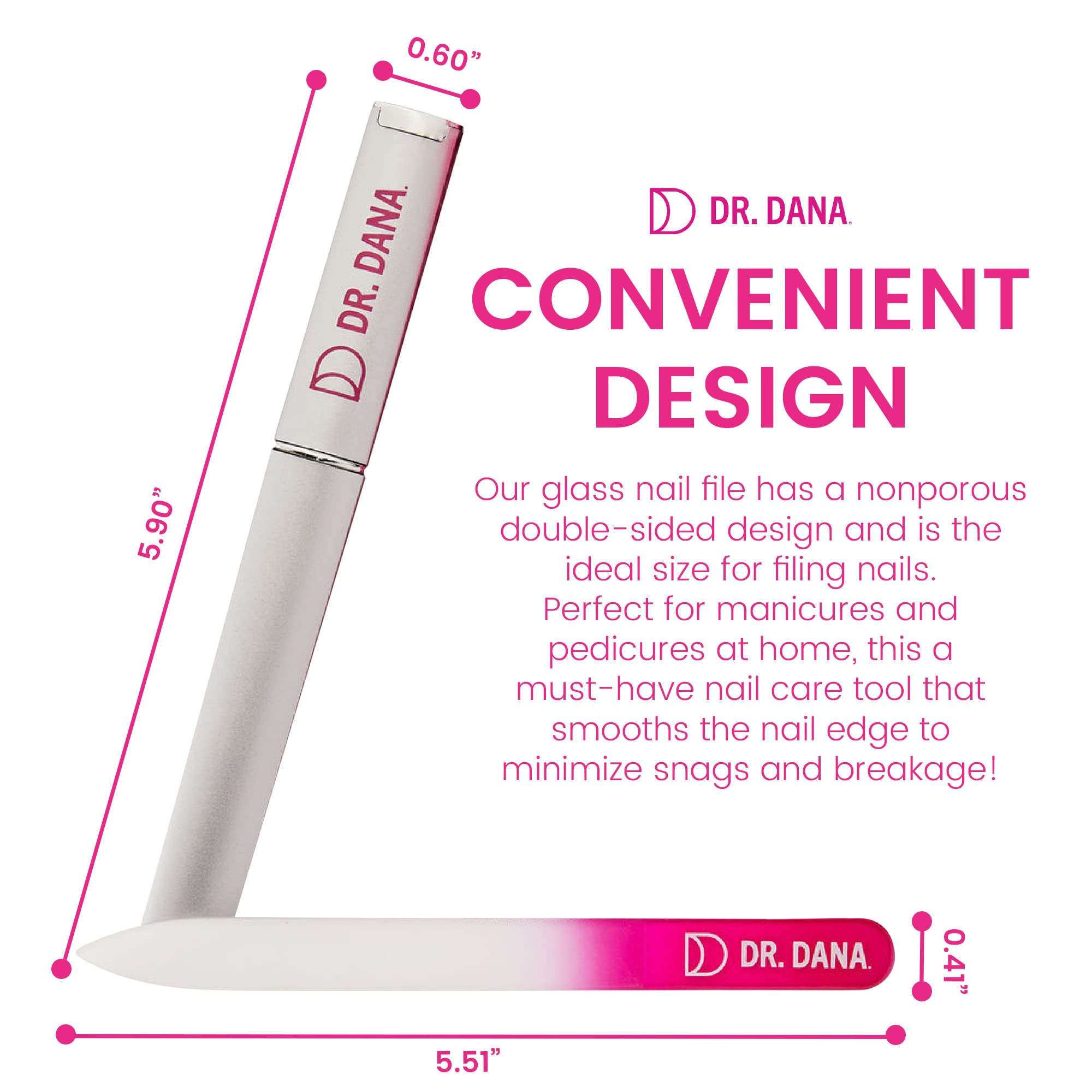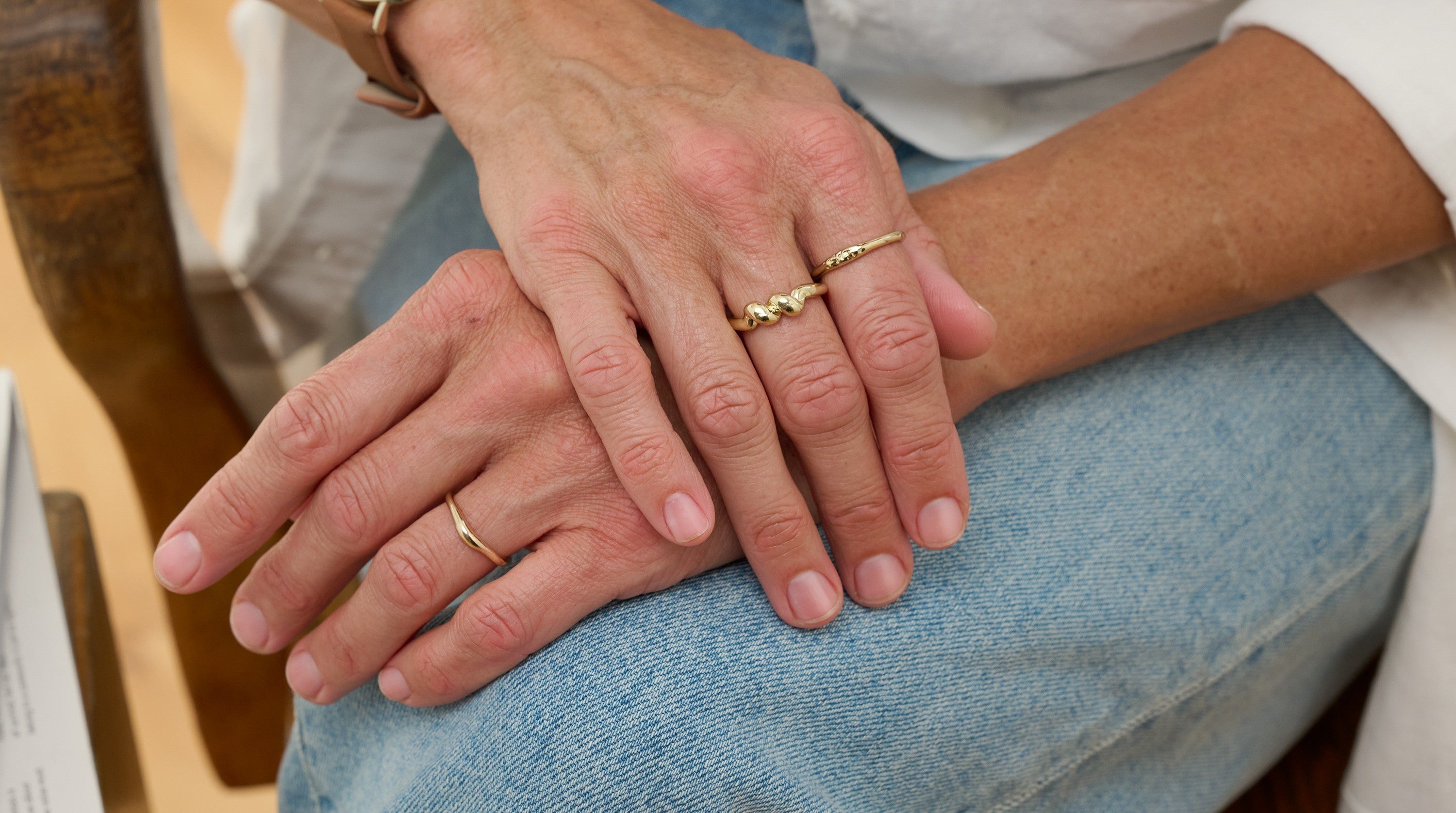Ever noticed your nails feeling unusually thin, thick, or different from what they used to be? Nail density, or how compact and strong your nails are, can tell you a lot about your body and your self-care habits.
While variations in nail thickness are often completely normal, sudden changes can sometimes signal nutritional, environmental, or even medical factors worth paying attention to.
Understanding what is behind your nail texture helps you make smarter, more personalized choices for nail care and overall health.
What Does Nail Density Mean?
Nail density refers to the compactness and strength of keratin layers that make up your nails. Keratin is a protein that gives nails their hardness and resilience.
When nails have healthy density, they feel strong but slightly flexible, not brittle or overly rigid.
- Thin nails have fewer or weaker keratin layers, which can make them fragile or bend easily.
- Thick nails have more compact keratin buildup, making them harder or more resistant to trimming.
Both can be normal, but changes in density over time can offer valuable clues about your body’s internal balance.
Thin Nails: Causes and Characteristics
If your nails seem delicate or prone to splitting, you may be dealing with low nail density.
Common Causes of Thin Nails
- Genetics
- Frequent use of nail polish remover or harsh products
- Nutritional deficiencies, especially biotin, iron, and zinc
- Excessive water exposure
- Medical conditions such as thyroid disorders or anemia
How Thin Nails Feel
Thin nails often:
- Bend easily or peel at the tips
- Feel soft or papery
- Split or flake, especially with polish or frequent manicures
What Helps If Your Nails Are Thin
- Hydrate nails and cuticles daily with a lightweight oil or cream.
- Choose acetone-free remover and give nails polish breaks each week
- Use a keratin-supporting strengthener 2–3 times per week
- Wear gloves for dishwashing and cleaning to limit water exposure
- File in one direction with a fine grit to prevent peeling
- Aim for protein, iron, zinc, and biotin from food first; talk to your clinician before supplements
Thick Nails: Causes and Characteristics
If your nails feel unusually rigid, textured, or hard to trim, they may have increased density.
Common Causes of Thick Nails
- Genetics
- Fungal infections
- Psoriasis or eczema
- Trauma or repeated pressure
- Aging
How Thick Nails Appear
- Hard, rigid texture
- Vertical ridges or uneven surface
- Yellowish or opaque color
- Difficult to trim or clip
What Helps If Your Nails Are Thick
- Keep nails clean and neatly trimmed to reduce catching and pressure
- File gently to shape, avoiding heavy pressure that can cause micro-cracks
- Moisturize nails and surrounding skin after bathing
- For toenails, choose shoes with ample toe box space to reduce repeated trauma
- If thickening persists, is painful, or looks yellow or crumbly, book a dermatology visit to check for fungal or skin conditions
When to See a Dermatologist
It is normal for nails to change subtly with age or lifestyle. However, certain red flags should prompt a professional evaluation:
- Sudden changes in nail thickness or texture
- Nails separating from the nail bed
- Persistent brittleness or pain
- Discoloration, such as yellow, brown, or green, that does not grow out
- Pitting or ridging combined with skin symptoms
Your nails are a window into your overall health, and early attention to these changes can help prevent more serious issues.
Nail Care Tips for Balanced Nail Health
Healthy nails thrive on consistent care and nourishment.
Here are Dr. Dana approved ways to support your nail density naturally:
- Hydrate often. Apply nail and cuticle oil daily to lock in moisture. Dana’s Nourishing Cuticle Oil absorbs quickly to soften cuticles and support a healthier-looking nail plate.
- Feed your nails. A diet rich in protein, iron, and omega-3s supports healthy keratin formation.
- Exfoliate gently. Nail exfoliation can remove surface buildup and restore natural shine.
- Choose dermatologist-formulated care that supports the nail barrier. The Dr. Dana Nail Renewal System gently exfoliates and conditions to reveal smoother, healthier-looking nails.
A balanced approach keeps your nails strong, smooth, and flexible, no matter their natural density.
Listen to What Your Nails Are Telling You
Every nail tells a story. Whether yours are naturally thin, thick, or somewhere in between, paying attention to their texture helps you stay in tune with your health.
Nail density is as unique as your fingerprint, and when you give your nails the right care and attention, you are supporting not just their beauty but your body’s well-being too.



